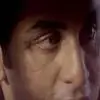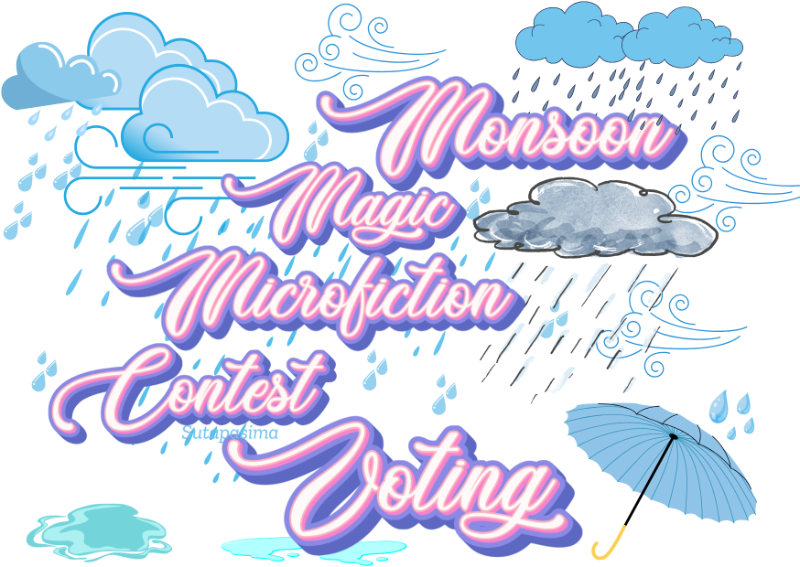How a Princeton historian came to write the upcoming Bollywood film Bombay Velvet

Photo Credit: Fox Star Studios
Ahead of Bombay Velvet's release, Prakash talks toScroll.in about the fictions and fantasies that inform the production.
Bollywood beckons
"What is an academic doing in Bollywood? Getting a lesson!
I got into writing for a film quite by accident. When I was researching on Bombay in 2002 and 2003, I wondered how I would portray history in the realm of everyday life. Disciplines such as history and sociology are good at analysing large social forces, whether it is nationalism or capitalism or the social fabric of the city. But they are not equipped to describe how these forces are experienced in everyday life. Literature and cinema, on the other hand, excel in dealing with the small-frame of personal experiences and daily events.
I wanted to bridge the gap between the two, to see what the city I was discovering in my research would have looked and felt like in the lives of individuals. I was interested in tracking the influence of large historical changes in the imaginations, emotions, and desires that are the stuff of everyday life.
There was also another consideration. My research had brought into view a divided city, with different social forces locked in struggle in a changing Bombay. The archive permitted access to these processes, but only at the public level of political events and battles on the street. The challenge was to portray the collision of different social worlds at an intimate level. The desire to portray confrontations between the elite and subaltern worlds in everyday life, charged with emotion and passion, drew me to write the story for a film in 2004."
Bombay then and now
"The principal story that I wanted to tell was how Bombay changed from an industrial city to a post-industrial city of finance and real estate capital. This transformation was sweeping, involving and affecting industry, real estate capital, newspapers and media, politics, society, and music. The story's ambition was to encapsulate this far-reaching change through characters drawn from each of these fields and by showing how they transform and are transformed by the city. So, for example, I incorporated the robust jazz scene of the 1960s Bombay as a setting for the story and drew on the hybrid physical world on film music of that time - the fact that Goan jazz musicians were also working in Hindi cinema - to draw characters and imagine jazz-oriented music for the film.
Anurag Kashyap's involvement happened quite by accident. I had no idea of how things work in Bombay. Film scholar Ranjani Mazumdar, who had read my story, recommended Anurag, suggesting that he had an eye for dark stories. I had seenPaanch, his unreleased debut, which I liked a lot, but I found the end to be drawn out. When I met Anurag, he gave me a VCD of the film. I edited it myself and showed it to him, saying this was the film he should have made! He was quite amused by my re-edit. But I was sold on Anurag's visual sense. I was convinced that he would be able to transform my story into a compelling film.
In 2004, I narrated to him the initial 20-page story that I had written. He immediately agreed to make it into a film. Between 2008 and 2009, I was on a year's sabbatical from Princeton to write Mumbai Fables. This was also when the film was originally to be shot. But the economic crisis made the studios gun shy, and the movie had difficulty getting a producer. I did not understand the hiccup. When someone tells you that a film will be made in a particular year, you do think it will happen.
So, I kept bugging Anurag. I think that to get me off his back, he told me, 'Sir, aap likh lo.'
I wasn't supposed to write the screenplay, but just to keep things moving, I strode into the unknown. I looked at the screenplays ofChinatown and LA Confidential because I was imagining the film as a retro-noir. I wrote about 17 different versions before I got something I was happy with. I gave the script to Anurag and we discussed it several times. The script was sprawling, and would have been very expensive to film. My idea was to have the story move forward with the actions and aspirations of a tableau of characters, rather than have a star-driven narrative. Anurag rewrote the story into a less sprawling and more streamlined screenplay. The final version retains the tableau of characters drawn from different worlds, with a clearer and more cinematic arc to the narrative."
Rewind to the 1960s
"Much of the film is set in the late sixties, while the back story goes back to 1947. A principal character through which you see Bombay's transformation is Johnny Balraj. He is both a witness to and a participant in Bombay. He is a subaltern who has risen from the streets but his past never leaves him. The memory of his subaltern past exerts its presence as he moves into a different milieu, which happens when this character interacts with the upper class of Bombay. The historian in me wanted to show that the memory of another time does not disappear but continues to play a part in the present.
While I was writing the film, there would be reports of land scams in the newspaper every day. What was the human cost of this, I wondered? Someone's body is buried under these buildings, but we just move from one scandal to the next. Viewed from the scam-ridden present, the past seems to be a more innocent time. In our imagination, Bombay in the 1960s appears as a period of mythic splendour and harmony. Yes, the city was different, but there was a dark side to that imagined city. Then, too, when Nariman Point was coming up, there were bodies buried underneath it. Walter Benjamin says that every story of civilisation is also a story of barbarism. So, I wanted to uncover that barbarism under the surface of cosmopolitan Bombay, and to remind people that this was also true of the present.
It was a struggle to tell this story, on the one hand, and to negotiate with the demands of the cinematic genre. How far do you go in following the genre and yet retain a certain authenticity of the period? The film resolves this tension by situating the noir genre in a very Bombay story. It captures the cosmopolitan mix of the city, and the characters draw from the milieu that gave us legendary Bombay characters like Russi Karanjia and Dosu Karaka. Bombay, before any other Indian city, had a rich tabloid culture, and these editors were larger than life. The '60s tabloids were not like those today. Although they were also given to sensation and exposure, they also believed that speaking truth to power matters, that the public sphere and public opinion were important civic ideals. Of course, in bringing all this to the screen, you engage in a stylised telling of history. It probably looks more spectacular than what it did then - the men are more handsome, the women more glamourous. But once you set a film in the sixties, you want it to look good.
My colleagues at Princeton are amused. They would easily accept an arthouse film or a documentary, but a Bombay film... Some of them have an idea of what a Bombay film is, but many of them don't. They think it's all about singing and dancing. Some of them have read my script, and are intrigued by it. Some are envious. One of my students told me that he mockingly asks students at colleges if they can say that their adviser has written a film script?
I do get asked if I am going to move to full-time scriptwriting and shift to Bombay. My reply? I love my day job. The movie has emerged out of what I do. If I leave that, I would be leaving my creative source."
(As told to Nandini Ramnath)

























2